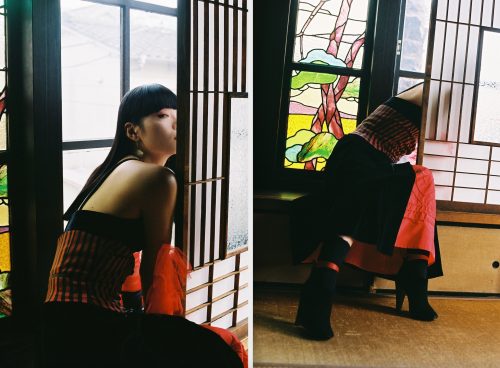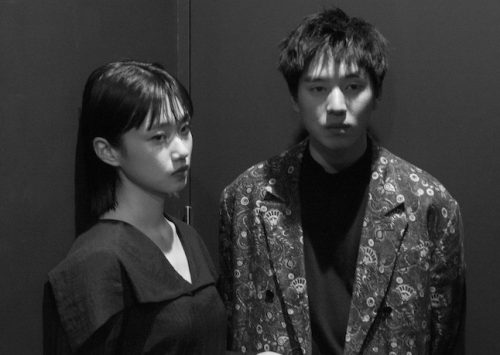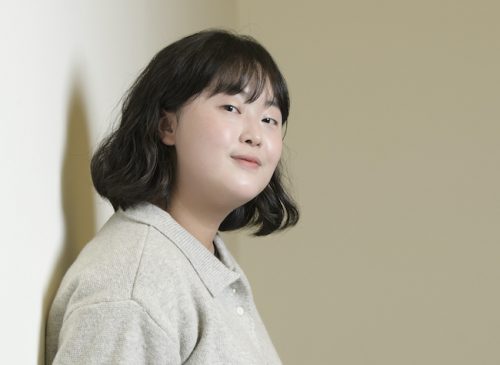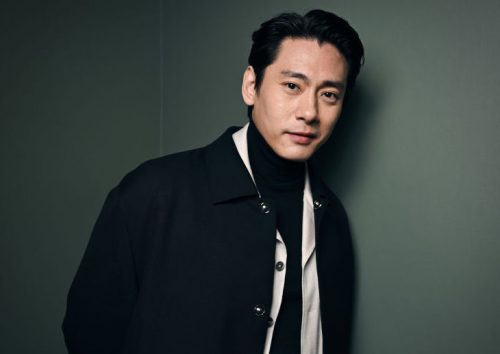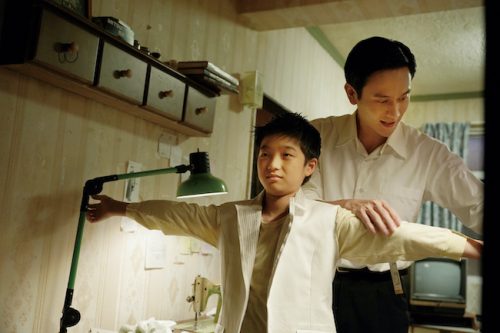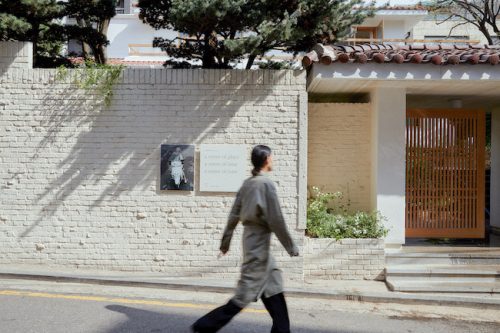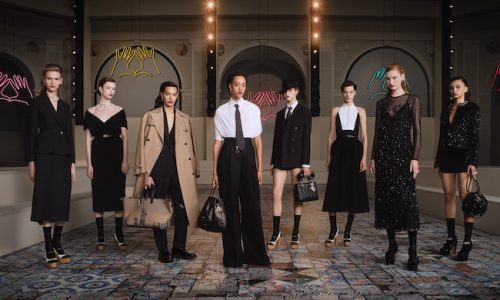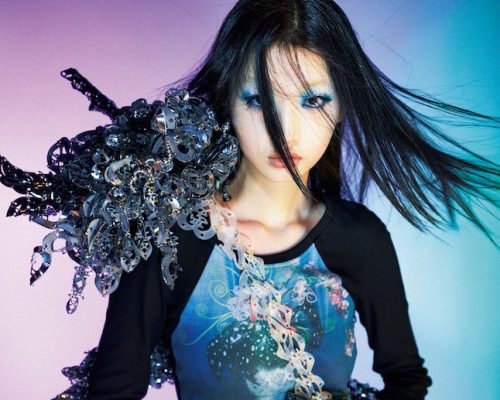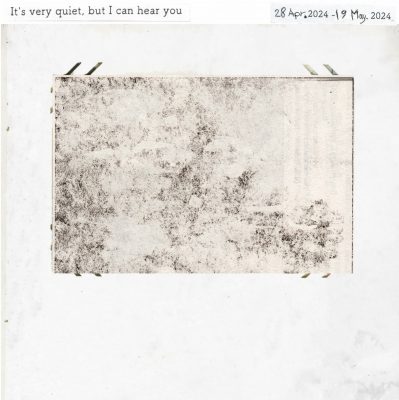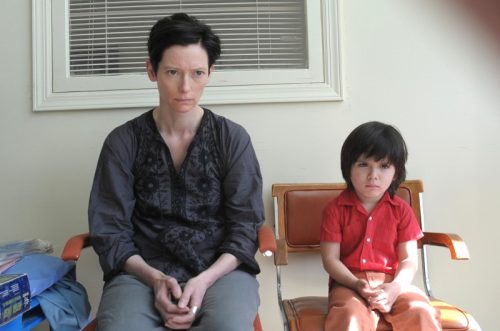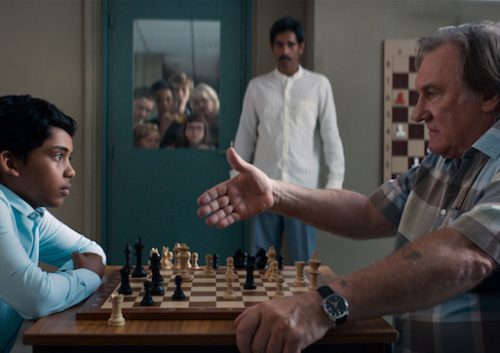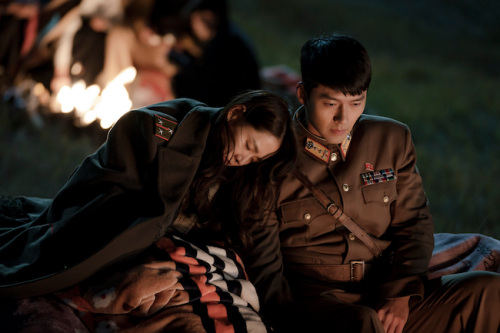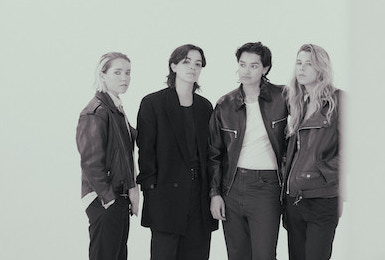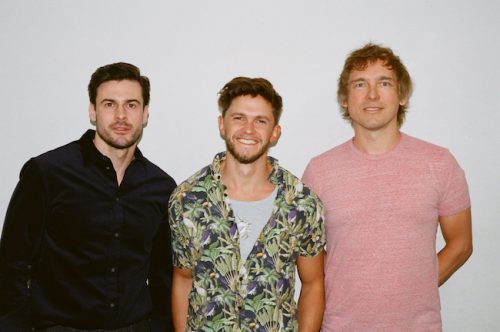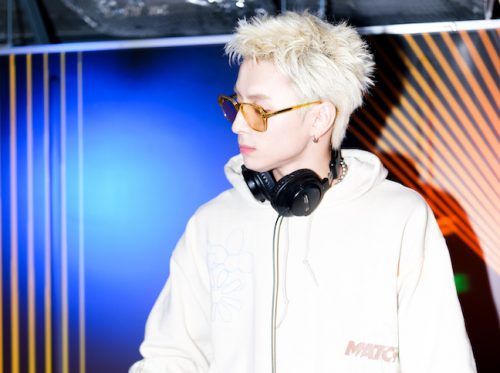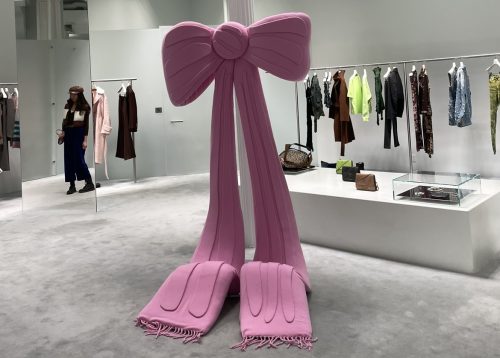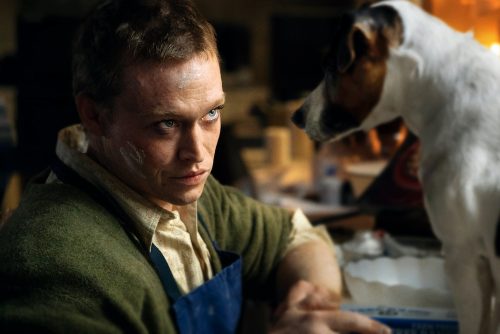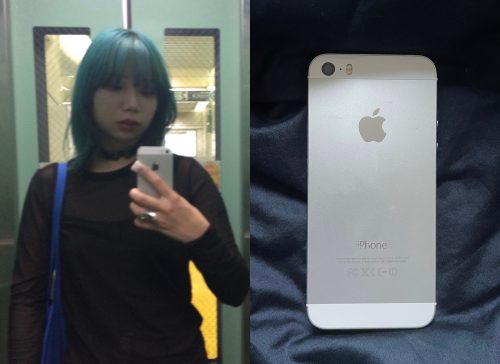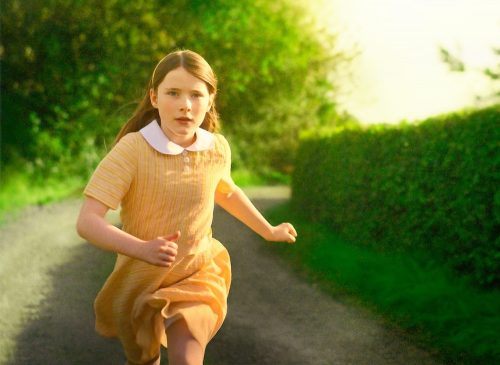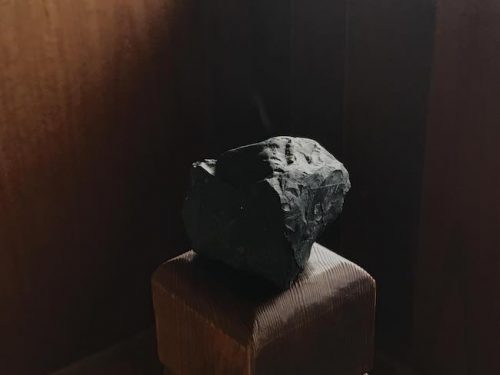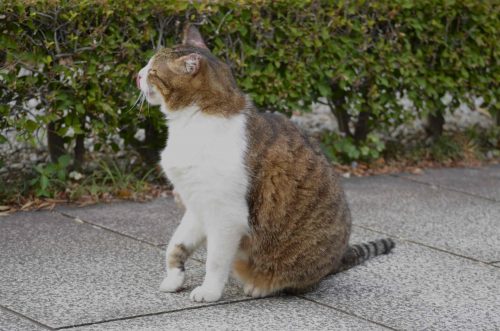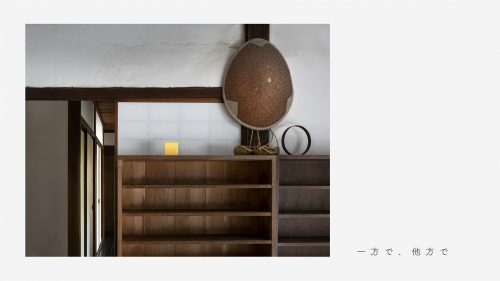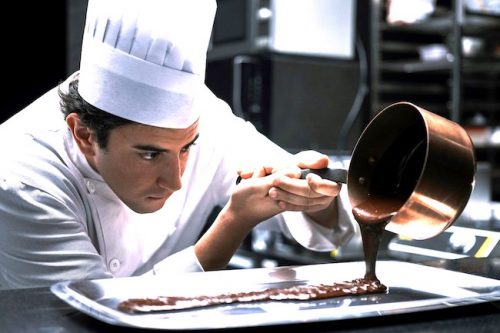“A Clockwork Orange”
Stanley Kubrick’s classic, A Clockwork Orange is not just an aesthetic film. It overflows with symbolism. Many of you may have come across this film numerous times. It gets better the more you watch.
A Clockwork Orange is a story about Alex, a classic violent teenage boy. When his gang’s actions lead to the death of a young lady, he is put in a psychological rehabilitation center to fix his behaviour. The rehabilitation not only free him from his evil thoughts, but he is now incapable of even protecting himself.
What makes this film so good is that every scene seems to have a completely new layout. It is important to acknowledge that many of furniture pieces were designed by Kubrick and Barry, the production designer.
One of the most iconic scenes of the film is the Korova milk bar. The milk room sculptures have been made especially for this shooting. Women as furniture is the ultimate objectification of women. Sexualization of women is prevalent in the film, through the storyline and interior decorations. None of this is acceptable now, however it gives good insight to how masculinity was related to the male gaze and power over women was a measurement of one’s manhood.
The film tackles, sexism, social status issues, it also depicts struggles of a working-class family. There is so much taught process put into making this film. Which makes it a timeless piece of entertainment. It is interesting to see how this 1971 film perceives modern Britain. There is still a culture of collecting art, social class hierarchy and dislike towards people who don’t fit in.
The film emphasizes the importance of individuality, creativity. We are taught to restrict parts of our personality to fit in. And in doing that we lose very important parts of our identity. The film is a message from Kubrick to not let go of who you are.
If you enjoyed A Clockwork Orange, you may like The Space Odyssey by the same director, Stanley Kubrick.
“Survive Style 5+”
“Survival Style 5+” was directed by Gen Sekiguchi, a television advertisement director. It is a combination of 5 stories told in an overlapping manner. It is an unconventional mix of anything and everything.
A truly surreal impression.
For some, it may be too abstract.
Sekiguchi successfully integrated his commercial expertise throughout the film. This aspect is so prevalent that the film itself is a two-hour commercial.
It catches your attention. It plays with your mind, and lets you remember.
The key film theme is about functionality. The film attempts to mock the concept of functionality and production. Both the advertising industry and the entertainment industry rely so much on capitalist concepts. The film indirectly challenges this relationship. When Yoko shows her commercial to the client and they dislike it, she says,
“Commercials must be entertaining. Otherwise, no one will watch the company’s one-sided masturbation”
The film is neither an argument nor a denial of the existence of capitalist ideology. It was a proposal for a new opinion.
Celebrity culture is another repeated theme of the film. The hitman in the film continuously ask, “What is your function?”
And everyone seems to find it difficult to answer. No one has more of a function than another. Everyone has the same life and capabilities. But why is it that celebrities seem to have more of worth.
There is a distinct characteristic of the film, one that correlates with Japanese commercials and entertainment industry. The film switch between five interrelated stories. This switch is a playful take to how we watch commercials continuously.
If you are tired of watching long storylines, this may be a nice gamechanger.
For those who enjoy the surrealism of this film, you may like Funky Forest.
“Harmonium”
“Harmonium” has touched on a reality beneath reality. There is something beautiful and undeniable for this film.
The characters, environment, the conversations work to portray an ordinary Japanese family. And that’s what the film wants us to see:
the parasite.
The story begins when an old acquaintance, Yasaka, visits and lives with Toshio’s family.
Upright posture, white buttoned-up shirt, polite silence.
Yasaka is pictured far from a criminal. But it is his presence in the family leads to its destruction. Just like how a scream will feel louder when it’s quiet. Tadanobu Asano does a fantastic job characterizing Yasaka.
Instead of feeling kindness from Yasaka’s silence, we sense danger. His unemotional actions only seem to be heartless.
Harmonium’s plot is designed to be mundane, only to amplify the existence of Yasaka.
The film picture Japan’s unwritten suffering. That tragedy happens but we continue our life as if it never happened. As if no one needs to know.
Harmonium is a revenge story. Although it’s such a basic piece, the pain, of each character, really crushes you.
Is it possible to forgive and forget violence?
Till the end, we never know much about Yasaka. If he has a story to tell, or if it has to remain a secret.
The film was inspired by the abrupt violence of every day. And it describes this using the symbol of ‘ wavelength’. The plot is a constant wavelength. But occasionally wavelength brakes and that is when we see a fragment of emotion.
The film leads you to look at crimes differently. Koji Fukada, the director, illustrates crime as part of a natural process. That no one, including the criminal, can be at fault.
Harmonium’s ending is so silent, yet it provokes such powerful emotion. And maybe its the ambiguity of the movie that is so intoxicating.
If you like Harmonium, you may like Bright Future as well. Tadanobu Asano is starring in the film as well.
text Maya Lee
